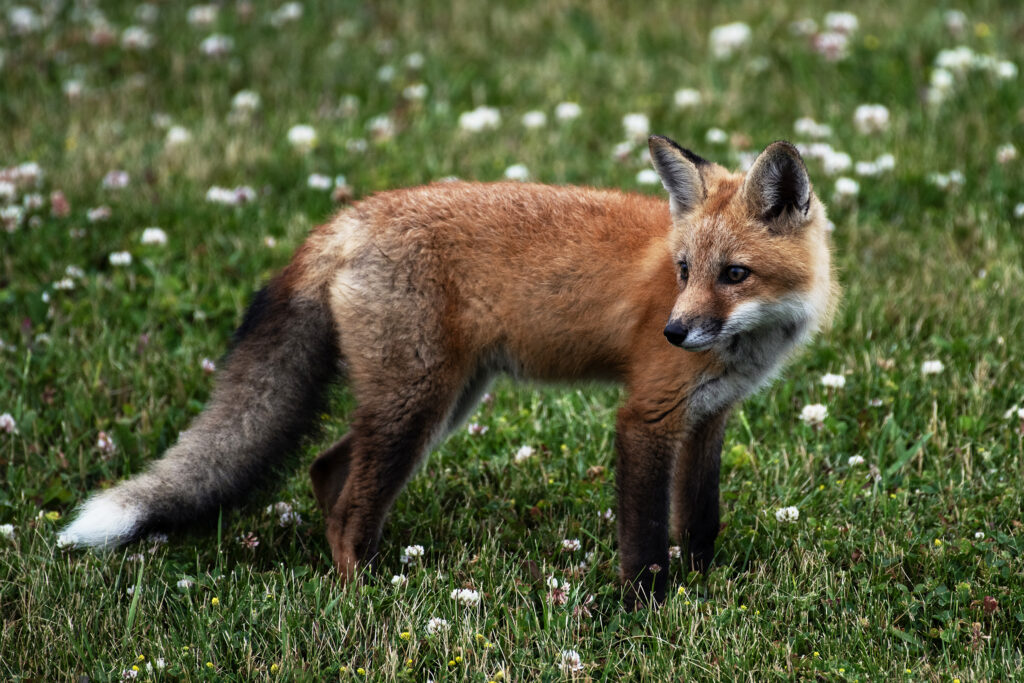A Balanced Perspective on Wildlife Photography Practices
The Ethics of Baiting Animals for Photography: Weighing the Pros and Cons
Wildlife photography is a remarkable art form that brings viewers closer to nature and inspires a connection to the environment. However, the methods photographers use to capture images, particularly the practice of baiting animals, stir strong ethical discussions. Baiting animals for photography involves offering food or other attractants to lure animals into specific positions or areas for a photo. While some argue that it can lead to stunning visuals and enhanced conservation awareness, others express concerns about its impact on animal welfare, behavior, and ecosystem dynamics. Here’s an in-depth look at both sides of this complex issue.
Understanding Baiting in Wildlife Photography
Baiting refers to attracting animals to a location by placing food or scents, a technique often used to increase the chances of capturing close-up, naturalistic photos of elusive animals. Some photographers justify this as a necessity, particularly when photographing highly elusive species. Baiting has become relatively common in certain types of wildlife photography, including bird photography, predator photography, and urban wildlife photography, yet it remains highly controversial.
Positive Aspects of Baiting Animals for Photography
- Promotes Conservation Awareness:
Many photographers argue that baiting can play a critical role in conservation efforts. High-quality, close-up images of endangered or seldom-seen species can evoke powerful emotional responses and inspire people to support conservation initiatives. When photographers capture stunning images of a bear, wolf, or rare bird, it can help raise awareness of the threats facing these animals in their natural habitats. - Enhances Educational Value:
Baiting can also create opportunities for educational content, allowing photographers to capture animal behaviors that would otherwise be extremely challenging to document. For example, images of a bird of prey in flight or a bear catching fish can help audiences learn about hunting methods, dietary habits, and ecological roles. - Supports Professional Wildlife Photography:
Wildlife photography is a highly competitive field, with photographers often spending weeks or months in the wild to get a single shot. Baiting can provide a practical solution for professionals who rely on capturing high-quality images within limited time frames, especially for projects that require specific animal behaviors or close-up views of rare species.
Negative Aspects of Baiting Animals for Photography
- Alters Natural Behavior:
One of the most significant concerns with baiting is that it can alter an animal’s natural behavior. When animals become accustomed to receiving food from humans, they may lose their fear of people, leading them to approach populated areas. This habituation can disrupt their natural hunting patterns, affect survival skills, and even make them more susceptible to predation or other dangers. - Can Be Harmful to Animal Health:
Many animals do not naturally encounter the foods used as bait, and feeding them inappropriate foods can have serious health impacts. For example, providing sugary foods to animals like bears or birds of prey can lead to health issues that affect longevity and vitality. Additionally, human food can sometimes contain toxins or ingredients that wild animals aren’t adapted to digest. - Increased Risk of Human-Wildlife Conflict:
Habituation through baiting can result in animals associating humans with food. This can lead to dangerous encounters, especially with larger predators like bears or wolves. As animals lose their fear of humans, they may approach campsites, homes, or populated areas, posing potential threats to human safety. These animals are often euthanized if they become problematic, which is a tragic consequence of what may have begun as a seemingly harmless photography tactic. - Ethical Concerns and Wildlife Disturbance:
Wildlife photography should ideally minimize disturbance to animals, yet baiting often disrupts natural settings and disturbs non-target species. In areas where bait is used to attract specific species, other animals may be unintentionally drawn into the vicinity, leading to conflicts or imbalances in the local ecosystem.
Ethical Wildlife Photography: Alternatives to Baiting
Photographers passionate about capturing natural moments can adopt alternatives to baiting that align with ethical principles. Here are some methods:
- Use Remote Cameras and Camouflaging: Positioning cameras at watering holes, dens, or other natural habitats can allow photographers to capture images without unnaturally luring animals.
- Invest Time in Observation: Spending extended time in an animal’s habitat enables photographers to study patterns and behaviors without disrupting natural activity. This approach can lead to more authentic and rewarding images.
- Work with Ethical Wildlife Reserves: Some reserves and national parks offer ethical, bait-free photography opportunities where animals are observed in natural habitats.
Conclusion: Striking a Balance in Wildlife Photography Ethics
The ethics of baiting animals for photography continues to be a divisive topic, with passionate advocates and critics on both sides. While baiting can create stunning visuals and boost conservation efforts, it also poses risks to animal welfare, ecosystem balance, and even human safety. Ethical wildlife photography hinges on a commitment to capture natural behaviors without compromising the well-being of the subjects or their ecosystems. By considering the impact of our actions on wildlife, photographers can responsibly capture the beauty of nature and inspire others to appreciate and protect the environment.
